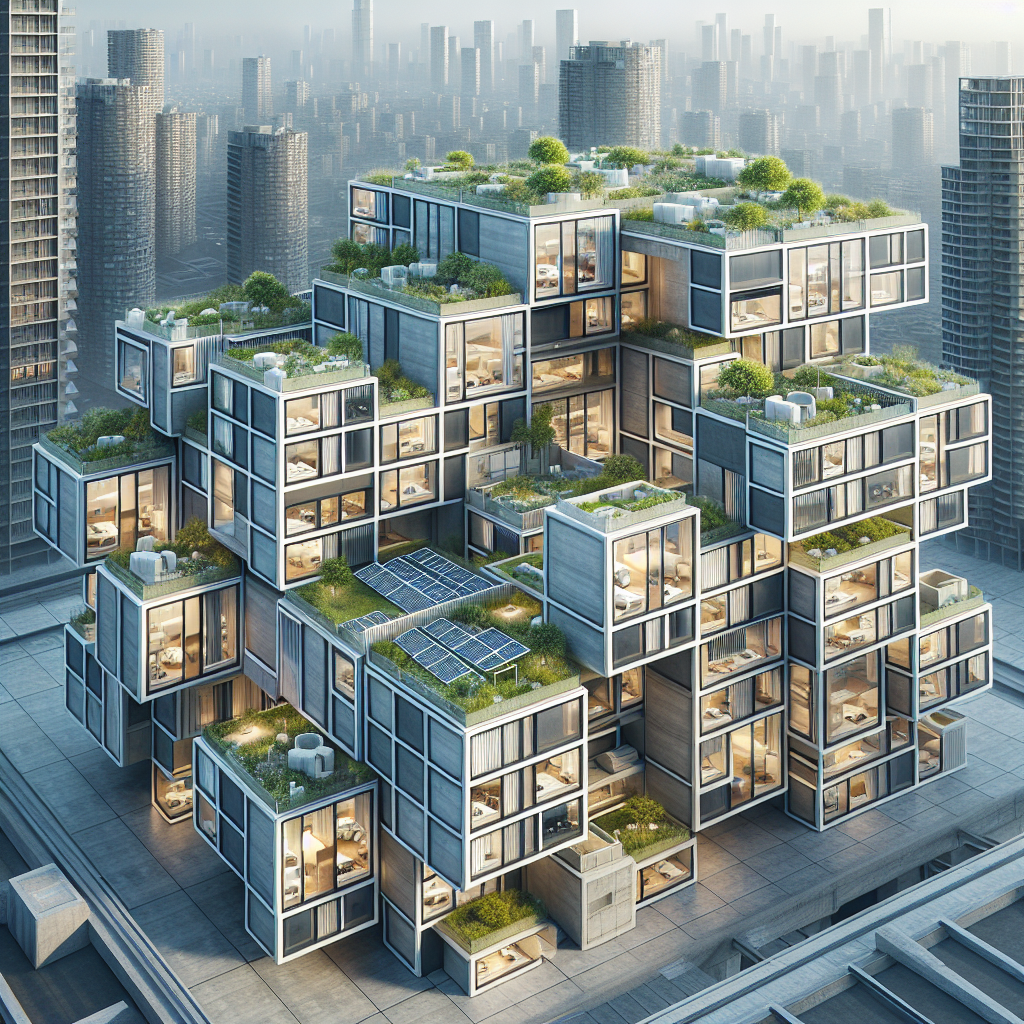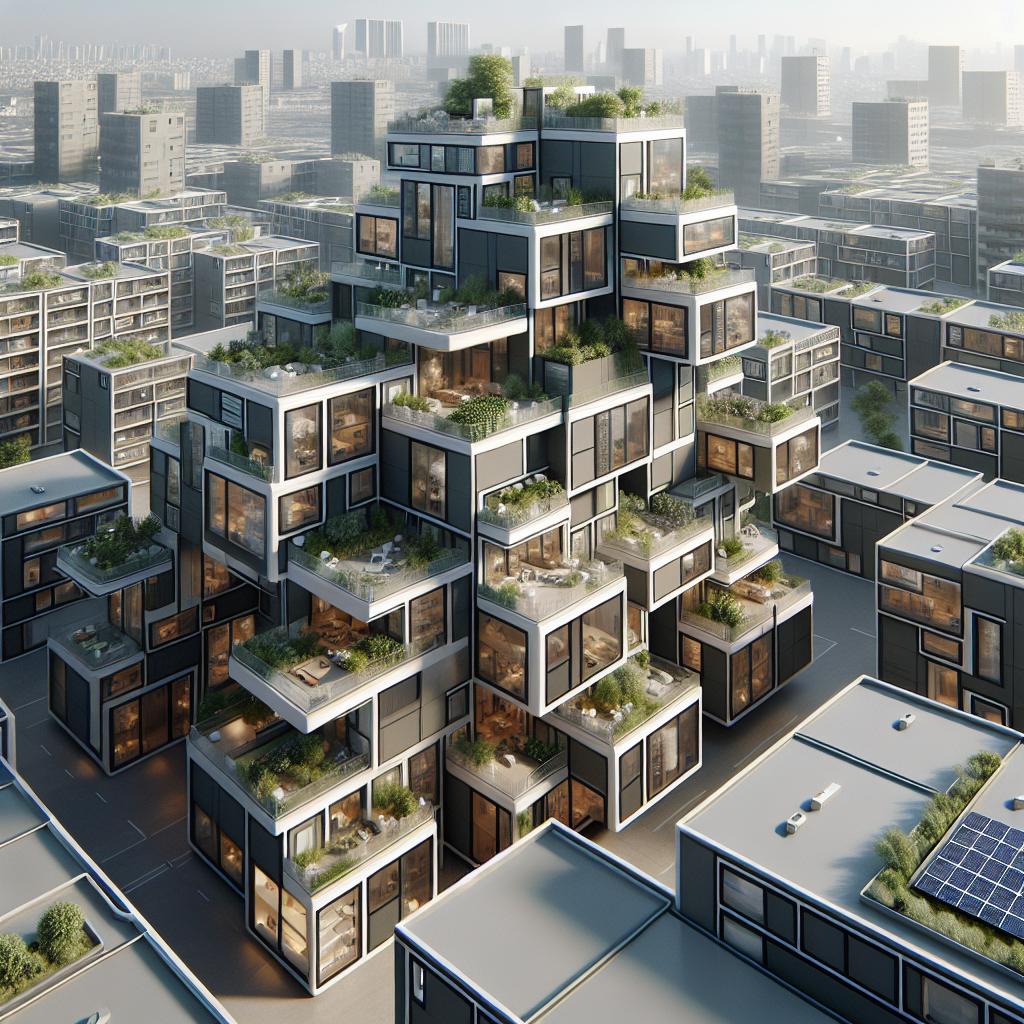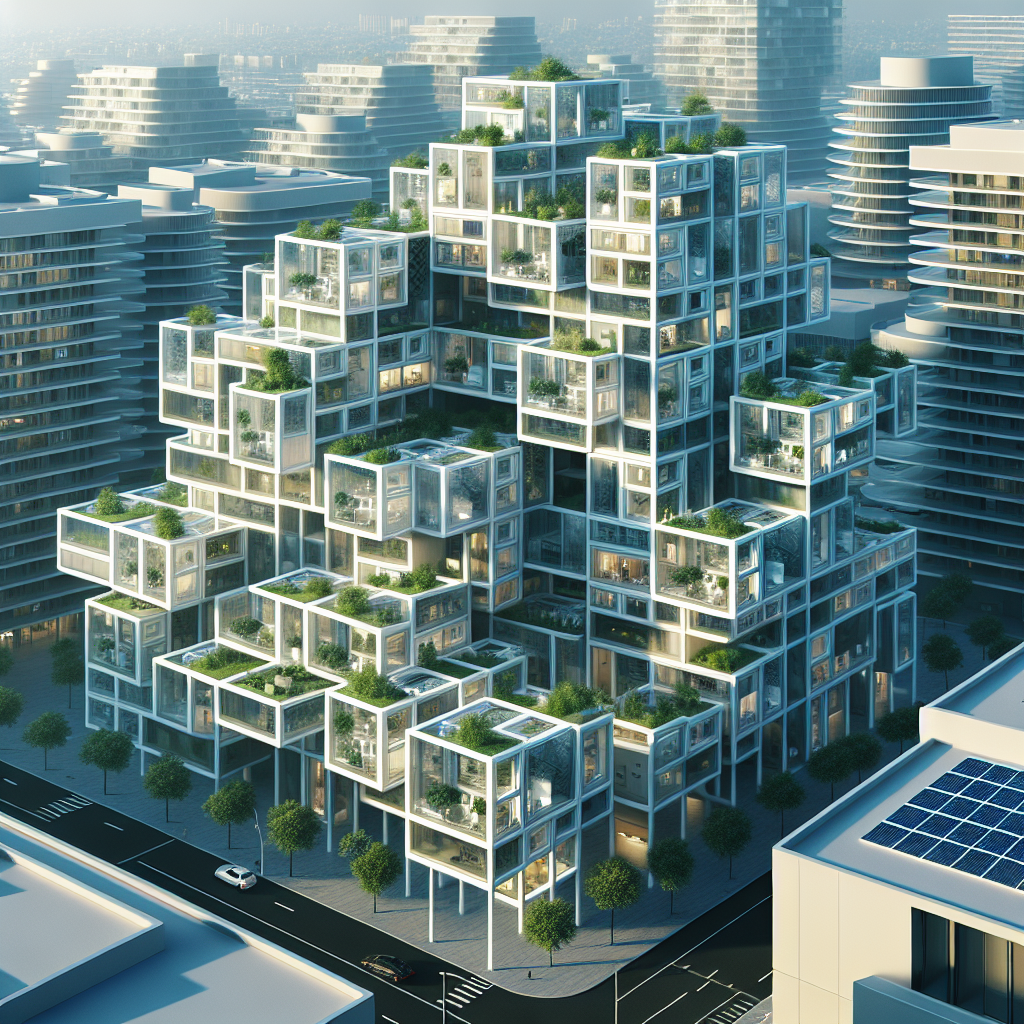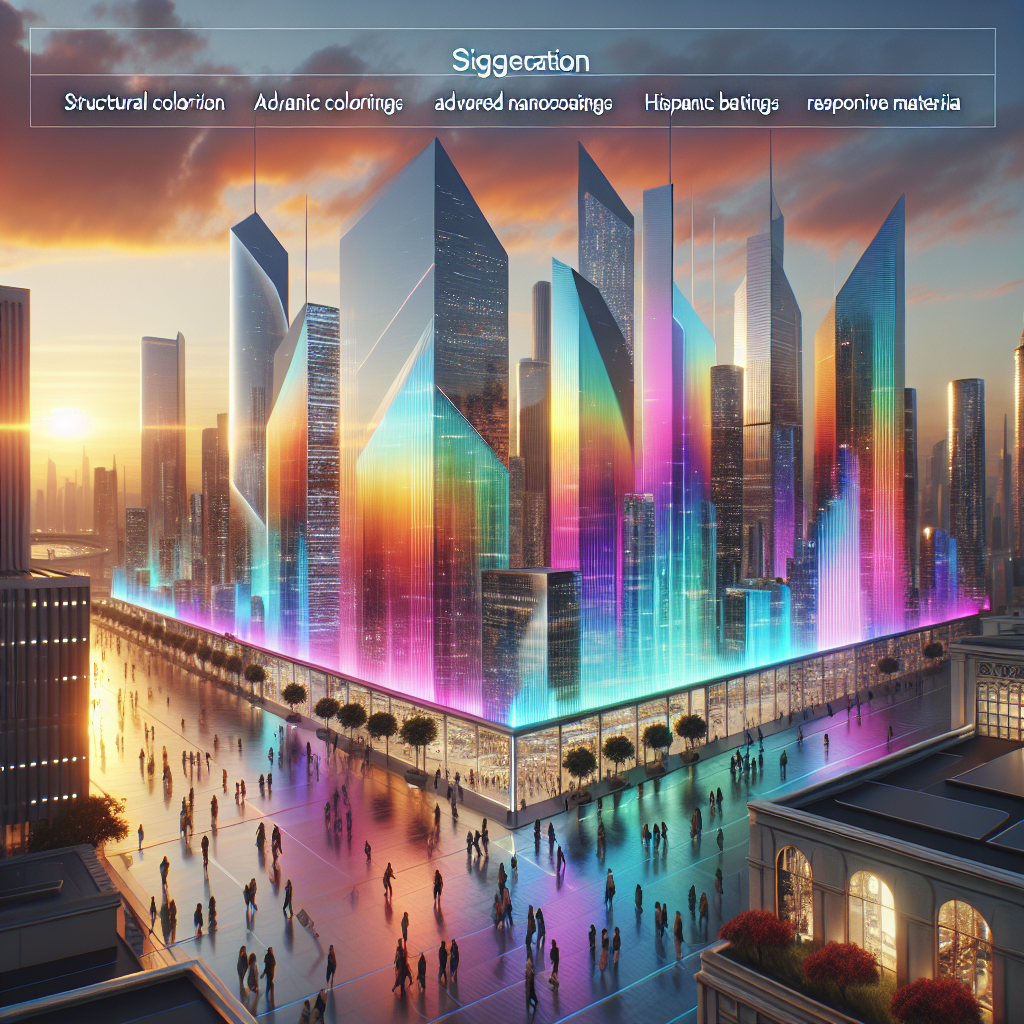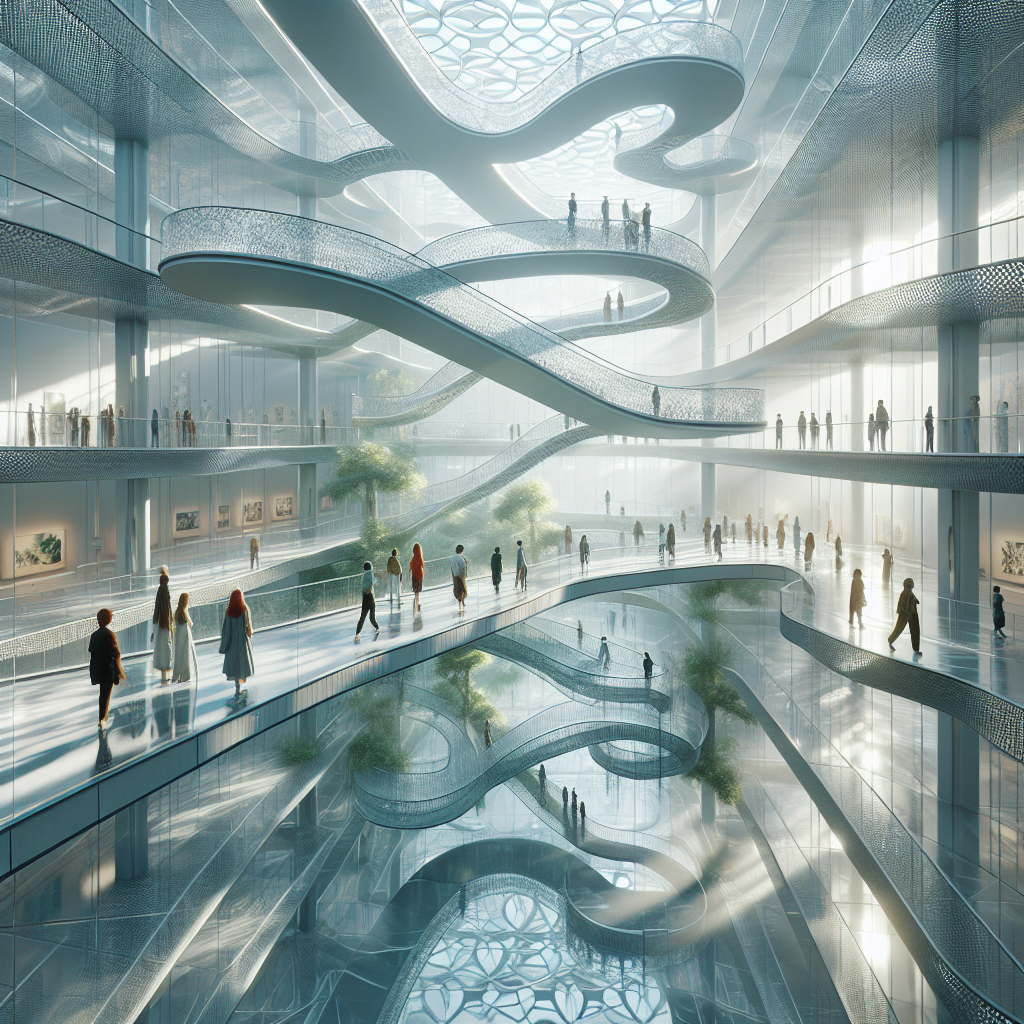Modular Construction: Faster, Smarter Building Solutions
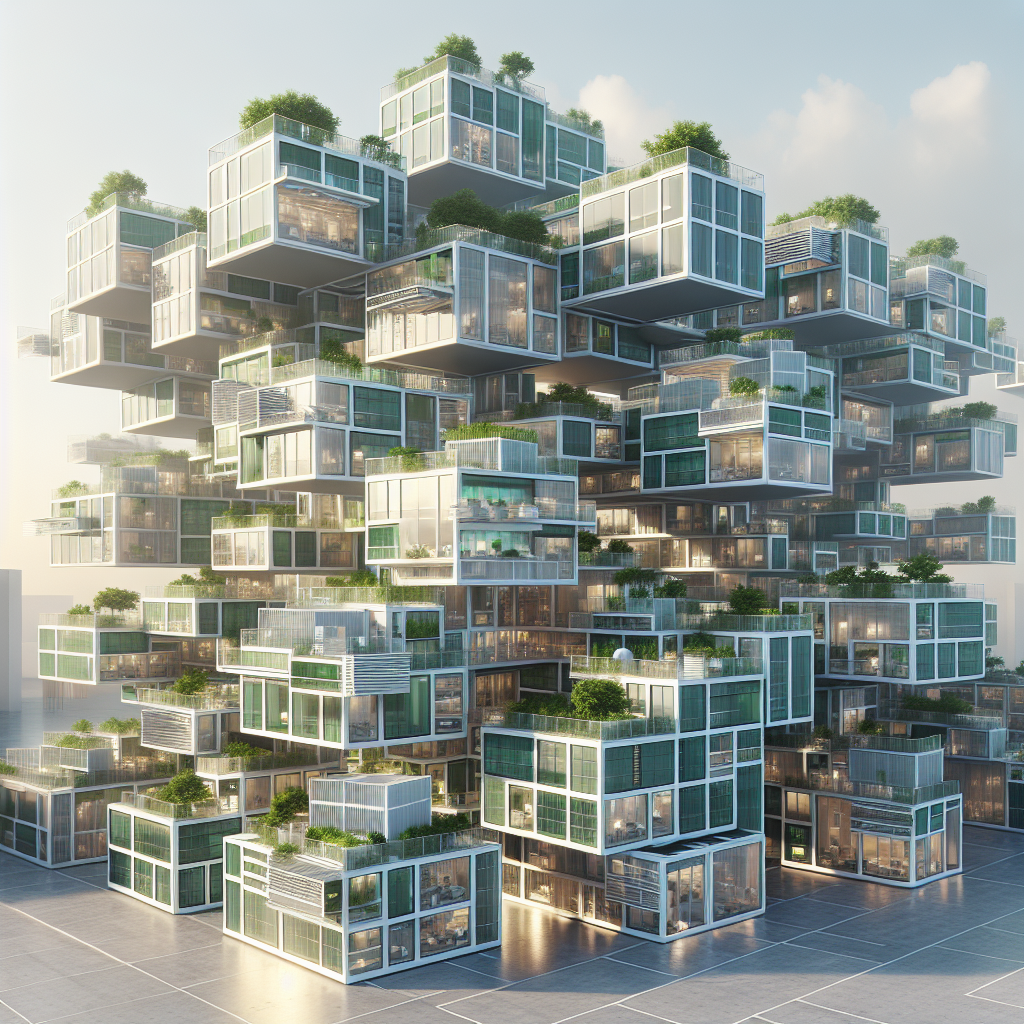
Modular Construction: Faster, Smarter Building Solutions
In the ever-evolving landscape of architecture and design, modular construction has emerged as a transformative force, reshaping how we conceive, build, and inhabit spaces. No longer relegated to temporary or utilitarian structures, modular design has ascended into the realm of high-end architecture, offering sophisticated, sustainable, and highly customizable solutions. As cities grow denser and sustainability becomes paramount, architects and designers are turning to modular construction to meet these contemporary challenges. From sleek urban residences to expansive commercial complexes, modular construction is redefining the future of building.
The Rise of Modular Construction
Historically, modular construction conjured images of prefabricated, monotonous structures lacking in character and charm. Today, however, this perception has radically shifted. Advanced technology, precision engineering, and innovative design have elevated modular construction into a sophisticated art form. Architects now leverage modular techniques to create stunning, bespoke buildings that seamlessly blend aesthetics with functionality.
One striking example is the recent completion of the “Habitat 67” inspired residential complex in Copenhagen. Drawing inspiration from Moshe Safdie’s iconic Montreal project, this Danish reinterpretation features interlocking modular units, each boasting expansive glass facades, lush rooftop gardens, and minimalist interiors. The result is a visually arresting structure that harmonizes modern aesthetics with sustainable living principles.
Speed and Efficiency: Redefining Construction Timelines
One of the most compelling advantages of modular construction is its remarkable efficiency. Unlike traditional building methods, modular structures are predominantly fabricated off-site in controlled factory environments. This process drastically reduces construction timelines, often by up to 50%, according to recent industry reports. Such efficiency is invaluable in densely populated urban areas, where minimizing disruption and accelerating project completion are critical.
Consider the case of the “CitizenM Hotel” in New York City, a 21-story building constructed entirely from modular units. Remarkably, the hotel was assembled in just 90 days, a feat unimaginable with conventional construction methods. Each module arrived fully outfitted with interior finishes, plumbing, and electrical systems, allowing for rapid assembly and minimal on-site labor. This project exemplifies how modular construction is not only faster but also smarter, streamlining logistics and significantly reducing waste.
Sustainability at Its Core
As environmental concerns intensify, the architecture and design industries are increasingly prioritizing sustainability. Modular construction inherently aligns with these goals, offering substantial environmental benefits. By manufacturing modules in controlled settings, waste is significantly reduced, materials are optimized, and energy consumption is minimized. Furthermore, modular buildings often incorporate eco-friendly materials and technologies, such as solar panels, green roofs, and advanced insulation systems.
A compelling illustration of this sustainable approach is the rise of wooden skyscrapers, where modular timber components are prefabricated and assembled into towering structures. Not only does this method reduce carbon emissions, but it also creates visually stunning buildings that exude warmth and natural beauty. Projects like the “HoHo Vienna” in Austria showcase how modular timber construction can redefine urban skylines while championing environmental responsibility.
Design Flexibility and Customization
Contrary to misconceptions, modular construction does not limit creativity or individuality. In fact, modularity enhances design flexibility, allowing architects to experiment with innovative forms, configurations, and aesthetics. Modules can be stacked, rotated, or arranged in countless ways, enabling unique and dynamic architectural expressions.
For instance, the “Stacked” residential development in Singapore, designed by renowned architect Ole Scheeren, demonstrates modularity’s creative potential. Comprising interlocking horizontal modules, the building creates dramatic cantilevers, open terraces, and communal spaces that foster social interaction. Each unit features floor-to-ceiling windows, minimalist interiors, and thoughtful spatial planning, resulting in a harmonious blend of form and function.
Technological Innovations Driving Modular Design
Advancements in technology have significantly propelled modular construction forward. Digital fabrication, robotics, and artificial intelligence (AI) are revolutionizing how modules are designed, manufactured, and assembled. AI-driven design software enables architects to optimize module configurations, structural integrity, and energy efficiency, ensuring precision and performance.
Additionally, virtual reality (VR) and augmented reality (AR) technologies allow architects and clients to visualize modular projects in immersive, realistic environments. This capability facilitates informed decision-making, enhances collaboration, and streamlines the design process. As technology continues to evolve, modular construction will undoubtedly become even more sophisticated, efficient, and innovative.
Modular Construction in Urban Planning
Beyond individual buildings, modular construction is increasingly influencing urban planning and development strategies. Cities grappling with housing shortages, rapid population growth, and limited space are turning to modular solutions to address these challenges effectively. Modular micro-apartments, for example, offer compact yet comfortable living spaces tailored to urban lifestyles, maximizing functionality within minimal footprints.
Moreover, modular construction is proving invaluable in disaster response and emergency housing scenarios. Rapidly deployable modular units provide safe, dignified accommodations for displaced populations, demonstrating modularity’s versatility and humanitarian potential. Projects like the modular emergency housing initiatives in earthquake-prone regions underscore the importance of resilient building design and rapid deployment capabilities.
The Future of Modular Construction
Looking ahead, modular construction is poised to become an integral component of sustainable urban development. As architects and designers increasingly embrace modularity, we can anticipate more ambitious, innovative, and visually captivating projects. Modular skyscrapers, floating cities, and even extraterrestrial habitats are no longer distant fantasies but tangible possibilities enabled by modular construction techniques.
Furthermore, as sustainability becomes an imperative rather than an option, modular construction will play a pivotal role in achieving global environmental goals. By minimizing waste, optimizing resources, and reducing carbon footprints, modular buildings embody the principles of circular economy and sustainable development.
Ultimately, modular construction represents a paradigm shift in architecture and design, offering faster, smarter, and more sustainable building solutions. As we continue to explore and refine modular techniques, the possibilities for innovation and creativity are boundless, promising a future where architecture harmonizes seamlessly with the environment and enhances human well-being.
For further insights into sustainable and innovative design practices, explore our articles on biophilic design and zero-waste architecture.
To delve deeper into the history and evolution of modular construction, visit the comprehensive overview available on Wikipedia. Additionally, explore related topics such as prefabrication and sustainable architecture for a broader understanding of contemporary building practices.
Conclusion
Modular construction has transcended its humble origins to become a sophisticated, sustainable, and highly adaptable building method. With its remarkable efficiency, design flexibility, and environmental benefits, modular construction is redefining the future of architecture and urban development. As we continue to embrace modularity, we unlock endless possibilities for creating innovative, resilient, and beautiful spaces that enhance our built environment and enrich our lives.
